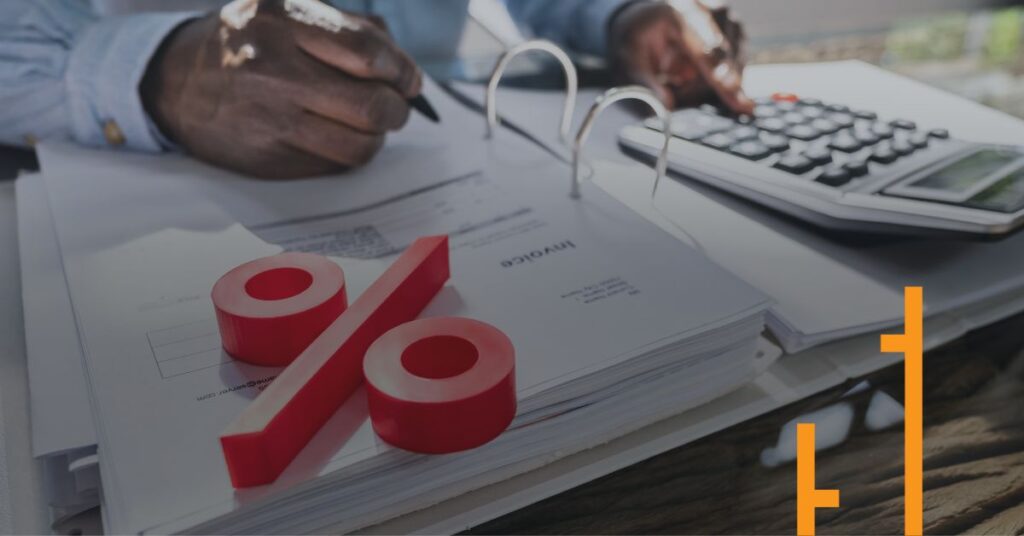
Grow Your Trading Account
There are many different ways to grow your trading account. Using a linear method such as Fixed Fractional position sizing will do it, albeit slowly and surely.
I have written about these before HERE and HERE
Growing your account also means taking on more risk, and more risk means exposing yourself to a higher drawdown. Drawdowns on paper are easy to digest, but in real life there is a lot more emotional baggage to be carried. So first and foremost think long and hard about how much drawdown you can really withstand.
One idea to grow an account faster, is to divide capital into two pools, Initial Capital (IC) and Realised Profits (RP).
Step 1:
IC is the initial capital you decide to employ. With this capital you will use one of the position sizing models such as Fixed Fractional aka risk 2% per trade
Step 2:
Trade the strategy using fixed fractional until you have a 10% realised profit. Assume $100,000 as IC which is now $110,000.
Step 3:
Move 50% of the profit into pool RP. IC = $105,000 to be traded @ 2% fixed fractional
Step 4:
RP is now $5,000 and it’s this pool that we’ll be trading aggressively. Calculate the Kelly% (K%) across the last 100 trades and assume K% = 20% in this example. In theory, and in the context of what K% was designed for, you would trade the RP with 20% risk per trade. However, in reality we’re going to trade 0.5*K%, or 10%.
At this point the next trade risk will be:
IC = 0.02 * 105,000
RP = 0.10 * 5,000
Total risk = IC + RP = $2,600
Step 5:
Now we need to start re-balancing across both accounts. Therefore,
(a) When the balance of IC increases by another 10%, i.e.$115,500, move another 50% of those profits across to the RP account.
(b) When the RP account value is 50% of the IC account value move 50% back to the IC account and trade the new value at 2% fixed fractional.
If we continue to trade the RP account at the 0.5*K% level it will eventually make the IC account meaningless and the volatility starts growing exponentially. By redistributing the funds back we keep the broad volatility down, in other words, the aggressive RP account starts to feed the conservative IC account and should a drawdown come along it won’t set the total portfolio back too far.
Obviously there are many ways to accommodate account growth but the bottom line is that more risk is required and ideally that risk should be calibrated to some extent so as not to blow the account out or cause irreversible psychological damage.


